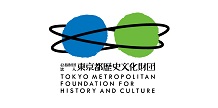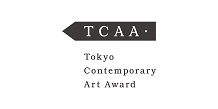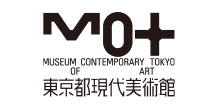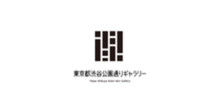VERMEIR & HEIREMANS
- TOP >
- Archives >
- Residency Program >
- VERMEIR & HEIREMANS
Research Residency Program
update: 2019.10.28

VERMEIR & HEIREMANS
| Participating Project | Research Residency Program |
|---|---|
| Activity Based | Belgium |
| Period | 2015.9 - 2015.9 |
Purpose of the residency
At the moment we are working on issues related to the financialization of architecture (real estate) and art. We are especially interested in what is called FIRE industry (finance, real estate and insurance), which developed ways to financialize the built environment, in that way making the physical environment 'liquid' and thus easily tradable globally in the form of stocks or derivatives. This process of financialization is currently also developed in context of art. During our research residency at TWS, we would like to continue working on this topic. We hope to be able to focus on specific concerns in Japan and would like to look into the connection between Japan's speculative bubble in the stock market, real estate market and the art market at the end of the eighties. For this we would aim to interview a number of academic researchers on the extent to which these problems have defined present conditions.
Plan during the residency
Our research will further focus on three case studies that can be related to the revitalization of the economy through art: the Islands of the Seto Inland Sea, the Echigo Tsumari Art Triennial and the Mori Art Museum.
After the collapse of the bubble economy in the late eighties, the Islands of the Seto Inland Sea suffered from depopulation and neglect. Through ambitious art and architectural projects, and sustainable tourism the cultural foundation of the publishing company Benesse (from Latin: "bene esse" - well being) has been a major force for revitalizing the island communities. One of these projects is the Art House Project on Naoshima, in which a number of traditional wooden houses have been transformed into artworks. Internationally acclaimed architect Tadao Ando has been one of the key participants in the revitalization effort of the islands.
A similar dynamic can be observed in the Echigo Tsumari Art Triennial. Every three years, the Triennial is held in the region for a few weeks in summer. During these art festivals, between 100 to 200 new art pieces are created and displayed in addition to the permanent installations from previous editions. The festival first took place in 2000 as part of a successful revitalization plan to attract visitors to the region which has suffered from depopulation and a series of natural disasters.
In Tokyo we would like to work on the Mori Art Museum, which opened in 2003. It is part of the 11-hectare urban development enterprise, Roppongi Hills, conceived by the property developer Minoru Mori. The unprecedented scale of the Roppongi Hills project took Mr Mori's firm, Mori Building, 17 years to complete. Its concept is 'a city within a city' and it contains apartments, a hotel, an office tower (the so-called 'Mori Tower'), a TV broadcasting company as well as dining, retail and cinema on a grand scale. It is clear that Mori Building's ideas of urban redevelopment not only respond to office and residential needs but also seeks to incorporate culture and art.
We hope to be able to develop these three case studies into text(s) that we will include in our upcoming artist publication In-Residence Magazine # 03 (The Good Life Issue).







